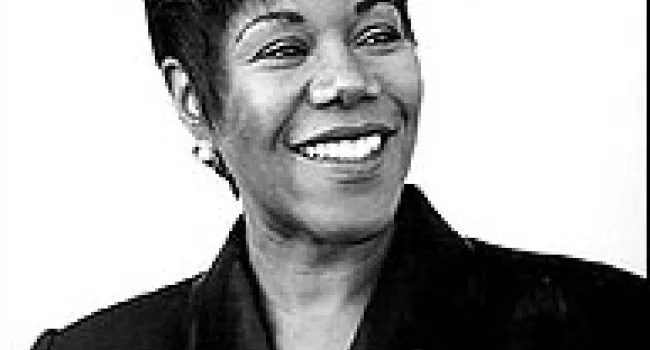
Ruby's friend, psychiatrist Dr. Robert Coles, wrote "The Story of Ruby Bridges."
At William Frantz, Ruby attended an empty classroom. Some parents refused to let their children go to the integrated school. The children who did attend were separated from her classroom. But Ruby made friends. Her teacher, Mrs. Henry, and a psychiatrist, Dr. Robert Coles, were very supportive of the little girl's efforts. People from around the country sent Ruby letters. Some donated money and assistance to the Bridges family. The determined Ruby Bridges did not miss a day of school that year.
Standards
- 5.4.CE Analyze the causes and impacts of social movements in the U.S. and South Carolina.
- This indicator was designed to foster inquiry into the role of South Carolina in the Modern Civil Rights Movement, to include the influence of court cases such as Briggs v. Elliot and Flemming v. South Carolina Electric and Gas. This indicator was also developed to promote inquiry into the relationship between national leadership, protests, and events and South Carolina leadership, protests and events, such as the Friendship Nine and the Orangeburg Massacre.
- This indicator was developed to encourage inquiry into thematic continuities and changes into how marginalized groups sought and won legal rights. Inquiry into the leadership, methods, and outcomes of modern equal rights movements are supported by this indicator.
El amigo de Ruby, el psiquiatra Dr. Robert Coles, escribió "La historia de Ruby Bridges".
En William Frantz, Ruby asistió a un aula vacía. Algunos padres se negaron a dejar que sus hijos fueran a la escuela integrada. Los niños que asistieron estaban separados de su salón de clases. Pero Ruby hizo amigos. Su maestra, la señora Henry, y un psiquiatra, el Dr. Robert Coles, apoyaron mucho los esfuerzos de la niña. Personas de todo el país enviaron cartas a Ruby. Algunos donaron dinero y asistencia a la familia Bridges. La decidida Ruby Bridges no se perdió un día de clase.



